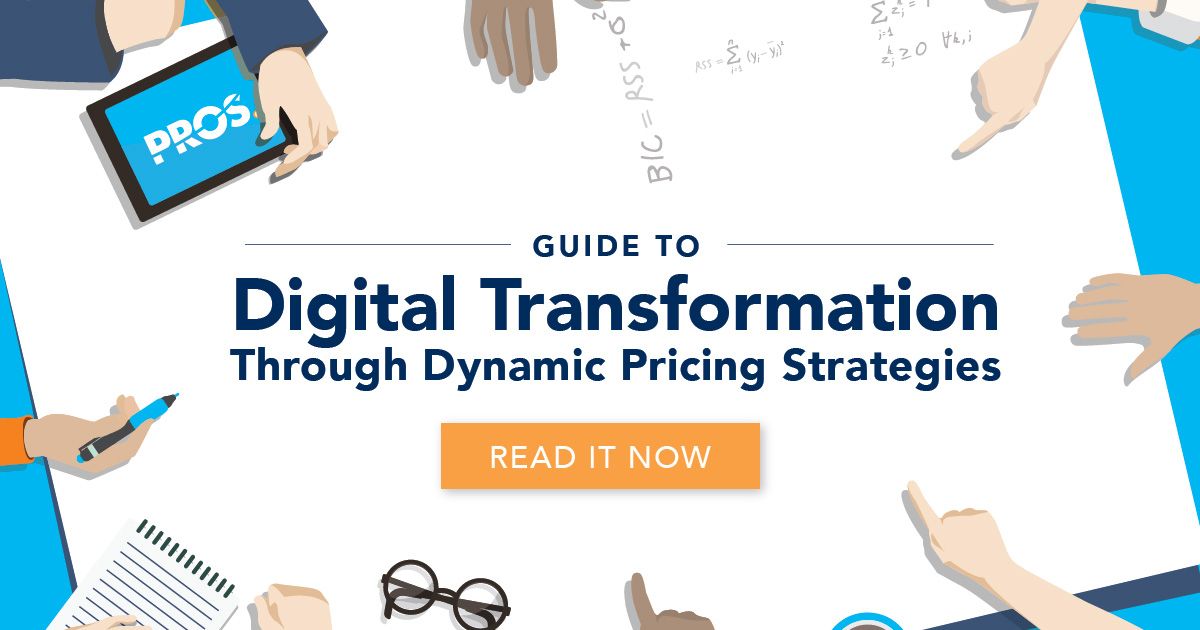Dynamic pricing is a strategy that allows businesses to adapt their pricing in real-time based on demand, market trends, and other factors. In a constantly changing economy, the ability to adjust prices dynamically can be a powerful tool for maximizing profits and staying ahead of the competition.
Benefits of Dynamic Pricing
One of the key benefits of dynamic pricing is the ability to increase competitiveness in the market. By adjusting prices based on current demand and supply conditions, businesses can attract price-sensitive customers and maximize revenue.
Dynamic pricing also allows businesses to align their prices with market demand, ensuring that they are not underpricing or overpricing their products or services. This flexibility can help businesses capture additional value and increase overall profitability.
Furthermore, dynamic pricing can be an effective strategy for attracting price-sensitive customers. By offering discounts or promotions during off-peak times or when demand is low, businesses can incentivize customers to make a purchase.
Factors that Influence Dynamic Pricing
Several factors can influence dynamic pricing strategies, including market trends and fluctuations. Businesses need to stay informed about changing market conditions and adjust their pricing accordingly to remain competitive.
The time of day, week, or year can also impact dynamic pricing. For example, airlines often adjust their prices based on the time of booking and the day of the week, while retailers may offer discounts during holiday seasons to drive sales.
Additionally, monitoring competition and industry benchmarks is crucial for effective dynamic pricing. Businesses need to understand how their competitors are pricing similar products and services to ensure that their own pricing strategies are competitive.
Implementing Dynamic Pricing Strategies
To implement dynamic pricing strategies effectively, businesses can utilize data analytics and pricing algorithms. By analyzing historical data and current market trends, businesses can make informed pricing decisions that are aligned with demand.

Image courtesy of medium.com via Google Images
Monitoring changes in demand and consumer behavior is also essential for successful dynamic pricing. Businesses need to stay attuned to shifts in consumer preferences, purchasing patterns, and external factors that may impact demand for their products or services.
Communication and transparency with customers are key when implementing dynamic pricing strategies. By explaining the rationale behind price changes and providing value to customers through personalized offers, businesses can build trust and loyalty among their customer base.
Case Studies: Successful Examples of Dynamic Pricing
Several industries have successfully implemented dynamic pricing strategies to optimize their revenue and attract customers. For example, airlines and hotels often adjust their prices based on factors such as booking time, seat availability, and seasonality.
E-commerce platforms like Amazon utilize dynamic pricing to offer personalized discounts and promotions to customers based on their browsing and purchasing history. This targeted approach can drive repeat purchases and increase customer retention.
Ride-sharing services like Uber and Lyft use dynamic pricing, known as surge pricing, to adjust fares based on demand and supply in real-time. This strategy helps to balance supply and demand during peak times and incentivize drivers to work during high-demand periods.
Challenges and Considerations
Despite the benefits of dynamic pricing, there are challenges and considerations that businesses must address. Concerns about fairness and perceived value can arise if customers perceive pricing changes as arbitrary or unfair.

Image courtesy of pros.com via Google Images
There is also the potential for backlash from customers if dynamic pricing strategies are not implemented thoughtfully. Businesses need to strike a balance between maximizing profits and maintaining customer loyalty by offering value and transparency in their pricing.
Finding the right balance between maximizing profits and maintaining customer loyalty is essential for the success of dynamic pricing strategies. Businesses need to prioritize long-term customer relationships and ensure that their pricing strategies align with customer expectations.
Final Thoughts
In conclusion, dynamic pricing is a powerful tool for businesses to maximize profits and stay ahead in a changing economy. By adapting pricing strategies to meet current market demands, businesses can increase competitiveness, capture value, and attract price-sensitive customers.
Staying agile and adaptable in pricing strategies is key to success in dynamic pricing. By leveraging data analytics, monitoring market trends, and communicating effectively with customers, businesses can optimize their pricing strategies and drive revenue growth.
As the marketplace continues to evolve, dynamic pricing will play an increasingly important role in helping businesses navigate changing economic conditions and consumer preferences. By embracing dynamic pricing strategies, businesses can position themselves for success and sustainable growth in the future.



